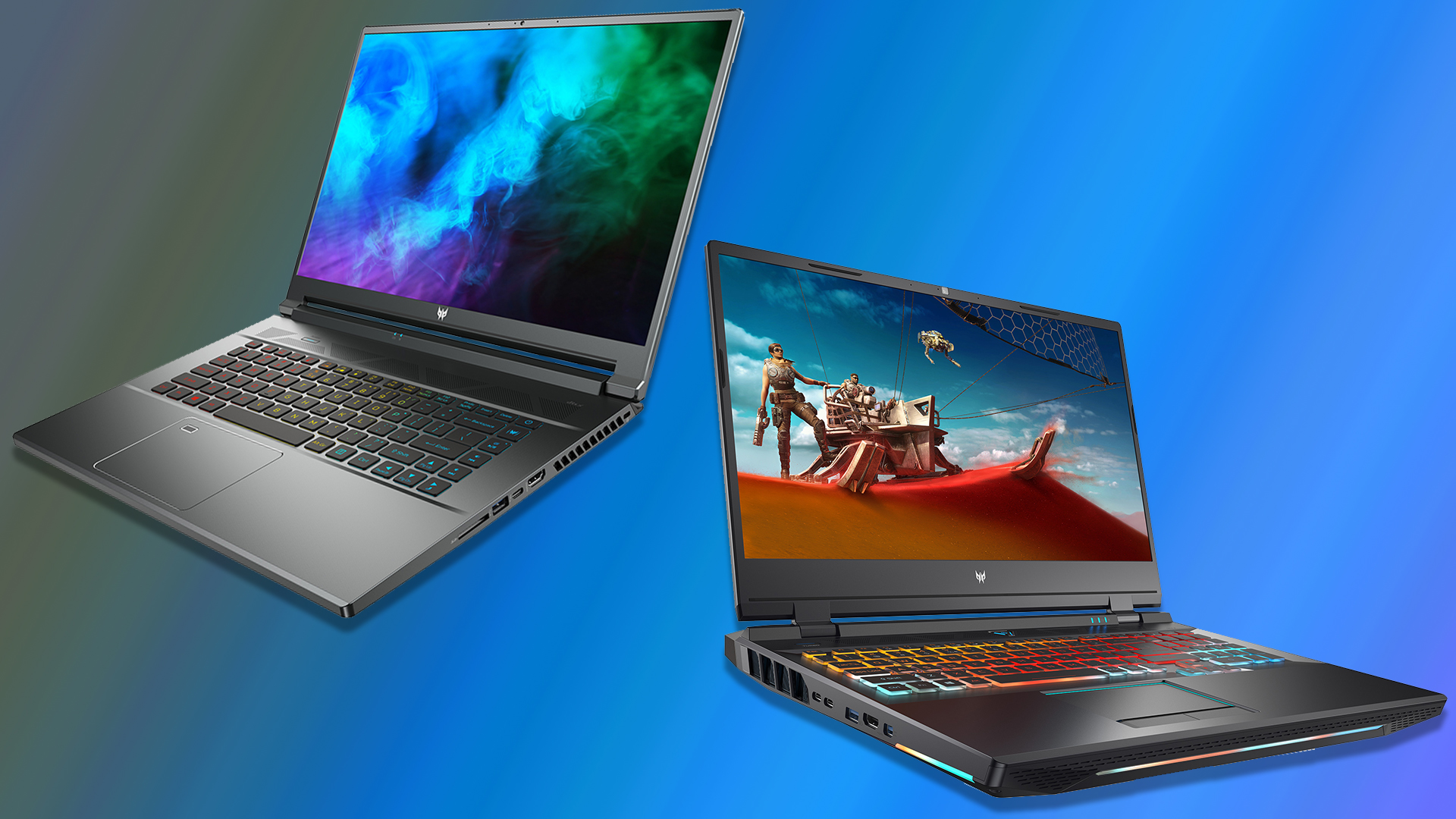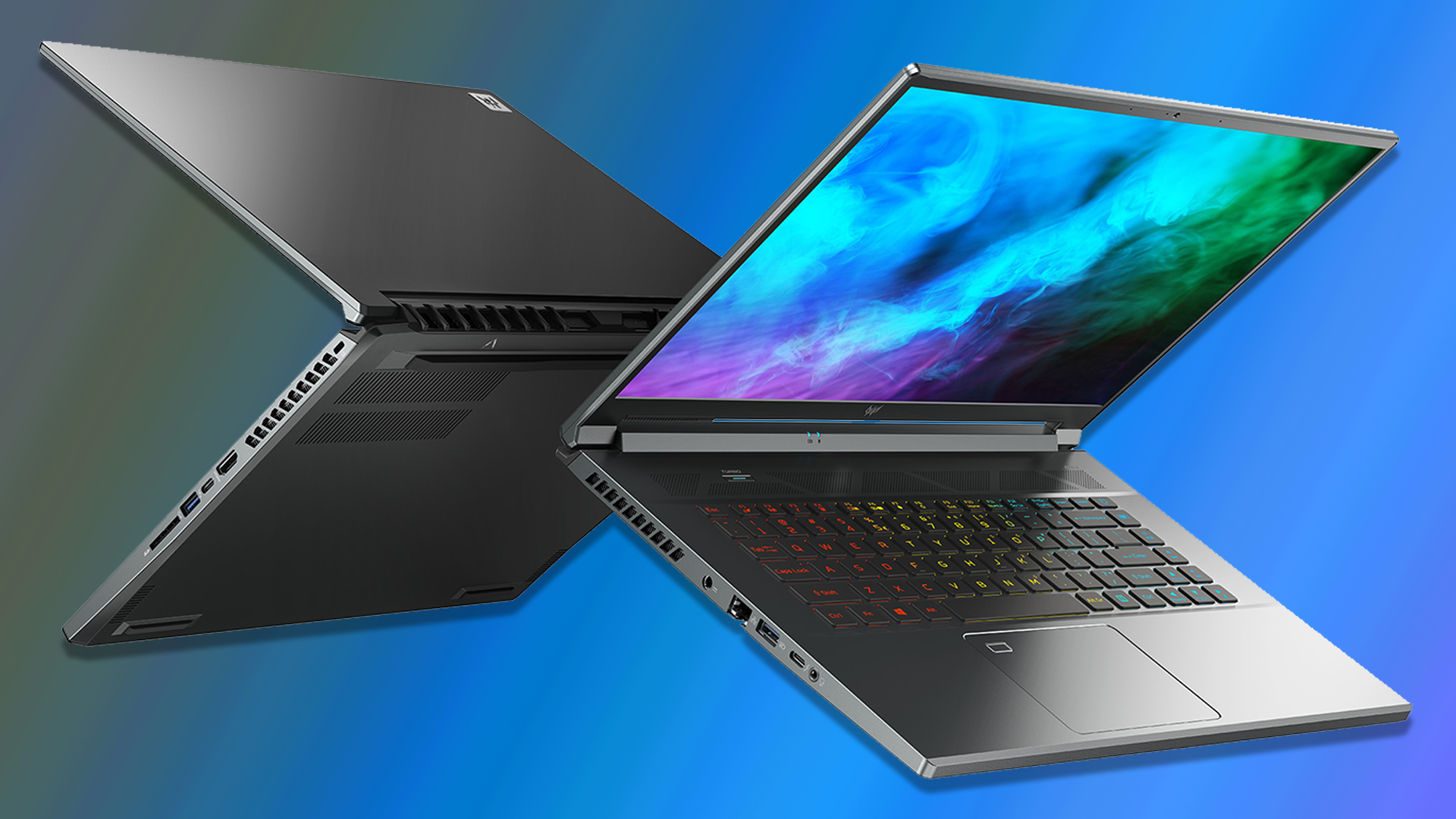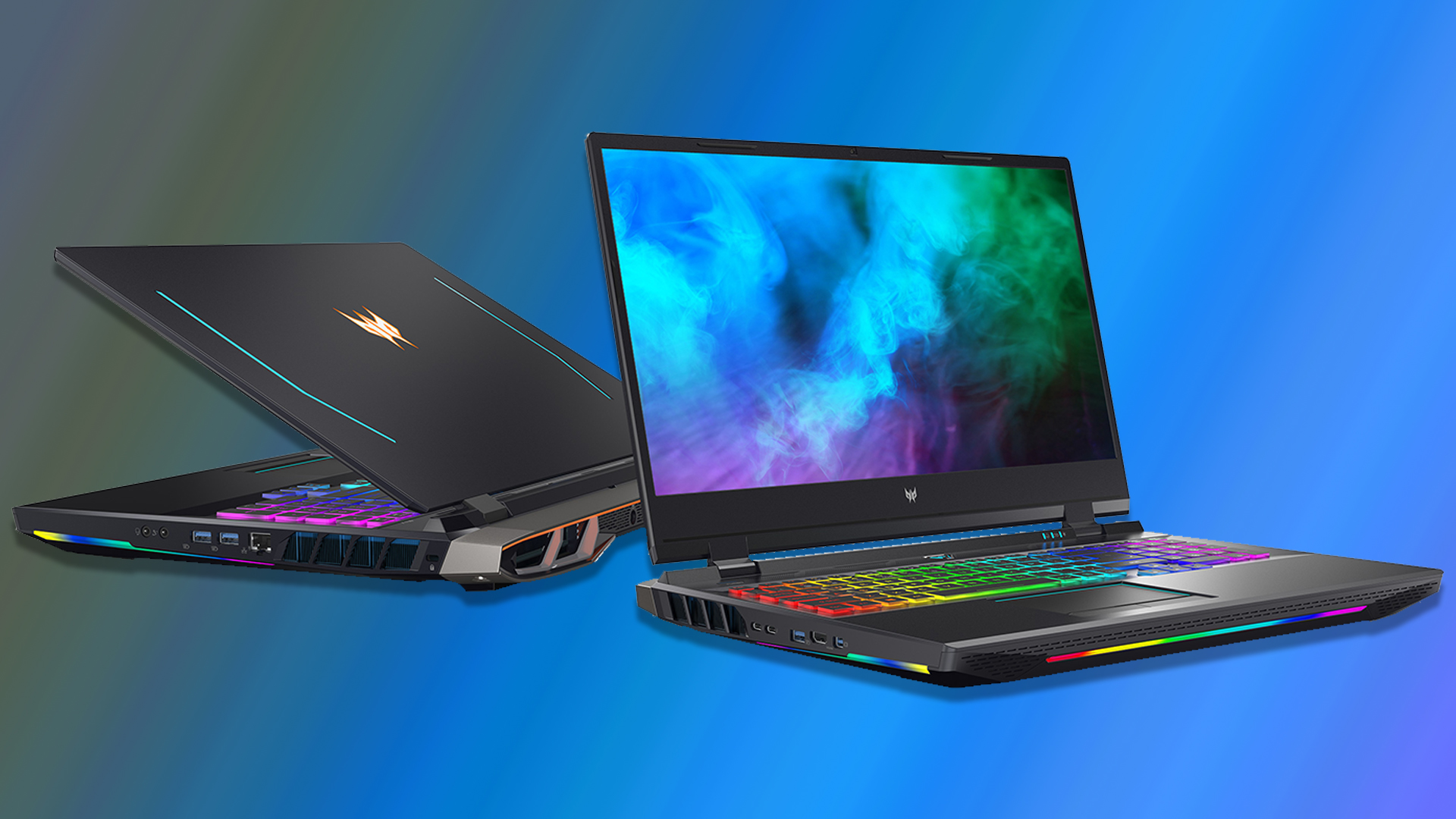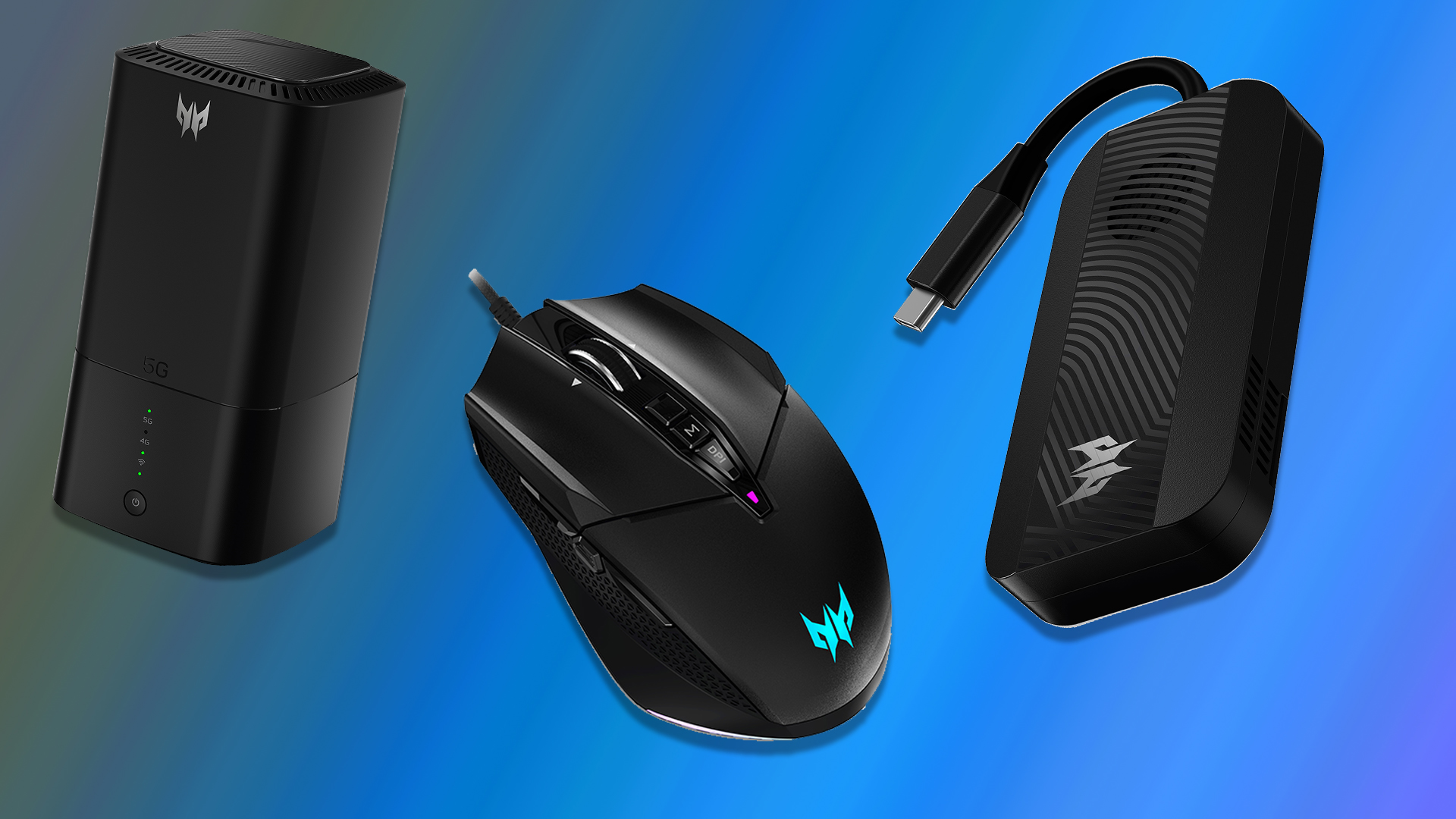Acer Predator gaming laptops unveiled with powerful 11th Gen Intel CPUs and RTX 30 graphics
Acer upgrades its entire gaming laptop lineup

Acer is next to step up to the gaming laptop announcement plate, unveiling huge upgrades to its Predator Triton and Helios notebooks.
Similar to the news you’ve seen about other gaming laptops, like the Asus ROG Zephyrus, some of the design changes are minimal, but Acer has gone OP on the innards — giving them beefy 11th Gen Intel Core H-series processors and GeForce RTX 30 Series GPUs.
From the Predator Triton 500 SE pushing the limits of performance-per-pound to the chunkier Predator Helios 500 bringing a 4K Mini-LED display to the party, there’s a lot to love here. At least, on paper.
Predator Triton 500 SE

Let’s start with the more portable Triton 500 SE notebook, which has been designed for both work and play (ideally for the working-from-home crowd).
This is apparent from the get-go, as you open up the special edition Triton 500 (that’s what the SE means), to reveal a 16-inch, 2560 x 1600-pixel 16:10 IPS display with 100% sRGB color gamut: a good aspect ratio for productivity made gamer-friendly with a buttery smooth 165Hz refresh rate.
Under the hood, you can spec this out with up to an 11th Gen Intel Core i9 processor, RTX 3080 GPU, a whopping 64GB of DDR4 RAM, and 4TB PCIe Gen4 storage. All of this is crammed into an all-metal chassis that is just 0.75 inches thin with a patented triple-fan cooling system and five dedicated heat pipes.
Pair this with all the I/O you need, including HDMI 2.1 and Thunderbolt 4, and DTS:X Ultra audio, then you’ve got a pretty powerful package. The Triton 500 SE launches in June with prices starting from $1,749.99.
Sign up to receive The Snapshot, a free special dispatch from Laptop Mag, in your inbox.
Predator Helios 500 2021

If portability is not your priority and you want to squeeze more power out of your gaming rig, the Predator Helios 500 is for you.
The Predator Helios 500 PH517-52 boasts up to an overclockable 11th Gen Intel Core i9 processor, Nvidia GeForce RTX 3080 GPU, 64GB of DDR4 RAM, and a storage pairing of PCIe NVMe SSD and SATA HDD for a ton of storage.
Of course, all of this is kept running optimally with a suite of premium cooling tech, including a custom-engineered liquid metal CPU cooling solution, two fans with Acer’s 5th gen AeroBlade 3D tech, and plenty of vents.
But the big improvement here seems to be the display options, as you can equip your Helios 500 with a 17.3-inch, 4K Mini LED display with a 120Hz refresh rate. Powered by AUO AmLED tech that supports full-array local dimming, that essentially means you can get picture luminosity equivalent to VESA Display HDR 1000. That is seriously impressive for a laptop!
You can pick one up starting in August at prices starting from $2,499.99.
The accessories: a mouse, a 5G dongle and a router walk into a bar…

Laptops were not the *only* things Acer announced, as the company expanded its accessories line up with some mighty useful tech to upgrade your gameplay performance while out and about.
The first of these is the Predator Cestus 335 gaming mouse, which rocks a PixArt 3370 sensor, hyper-fast scroll wheel/button hybrid, five color-coded DPI levels (up to 19,000 DPI) and 10 programmable buttons, configured into five easily switchable profiles.
Next is the Predator Connect D5 5G Dongle which connects via USB Type-C for fast 5G speeds and enables your computer to be used as a 5G Wi-Fi hotspot. For the competitive edge, the Connect D5 prioritizes bandwidth allocation and reduces latency.
And finally, the Predator Connect X5 5G CPE Router uses the Intel Killer Control Center, powered by a quad-core 2 GHz ARM Cortex processor, to deliver speeds up to 4.7Gbps. You will also find a built-in GAME LAN port for ultra-low-latency gaming.

Jason brought a decade of tech and gaming journalism experience to his role as a writer at Laptop Mag, and he is now the Managing Editor of Computing at Tom's Guide. He takes a particular interest in writing articles and creating videos about laptops, headphones and games. He has previously written for Kotaku, Stuff and BBC Science Focus. In his spare time, you'll find Jason looking for good dogs to pet or thinking about eating pizza if he isn't already.
